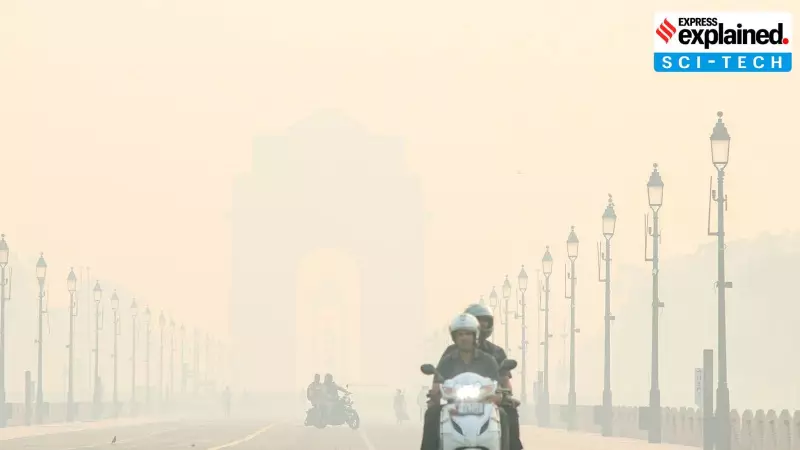
In a bold move to tackle the capital's annual air pollution crisis, the Delhi government has given the green light to an innovative cloud seeding project. As winter approaches and air quality typically plummets to hazardous levels, authorities are turning to science for an artificial solution to a very natural problem.
What Exactly is Cloud Seeding?
Cloud seeding is a sophisticated weather modification technique that involves dispersing substances into the air that serve as cloud condensation or ice nuclei. This process alters the microphysical processes within the cloud, essentially encouraging clouds to produce rain that might not otherwise occur naturally.
The technology isn't entirely new to India. States like Karnataka and Maharashtra have previously experimented with cloud seeding to address drought conditions. However, using it specifically for air pollution mitigation in an urban environment like Delhi represents a significant shift in application.
The Science Behind Artificial Rain
According to experts from IIT Kanpur, who have been pioneering this research, the process involves identifying suitable clouds and then dispersing salts like silver iodide, potassium iodide, or sodium chloride into them using aircraft or ground-based generators.
Here's how it works:
- Meteorologists first identify clouds with sufficient moisture content
- Aircraft equipped with seeding flares fly into the cloud base
- Salt particles are released, providing surfaces for water vapor to condense
- This accelerates the formation of rain droplets
- Within 20-25 minutes, the cloud begins to precipitate
Why Delhi Needs This Intervention
Delhi's air pollution problem reaches critical levels every winter, with the Air Quality Index (AQI) frequently crossing the 400-mark into the 'severe' category. The combination of vehicle emissions, industrial pollution, construction dust, and agricultural stubble burning creates a toxic cocktail that blankets the city.
Traditional measures like the Graded Response Action Plan (GRAP) and odd-even vehicle rotation schemes have provided limited relief. Cloud seeding offers a potentially more immediate solution by literally washing pollutants out of the air.
The Implementation Plan
The project, pending final approvals from central government agencies including the Directorate General of Civil Aviation, could be implemented as early as this winter. IIT Kanpur has proposed conducting the operation during specific windows when meteorological conditions are favorable.
"The artificial rain project is part of a larger winter action plan that includes other measures like mechanized sweeping, water sprinkling, and strict enforcement of pollution control norms," a government official explained.
Effectiveness and Concerns
While cloud seeding has shown promise in other countries like China and the UAE, experts caution that it's not a silver bullet. The technology works best when specific atmospheric conditions are present, and its effectiveness can vary significantly.
Environmental scientists also note that while artificial rain can provide temporary relief by settling particulate matter, it doesn't address the root causes of pollution. The washed-down pollutants eventually enter water systems and soil, potentially creating other environmental challenges.
As Delhi prepares to test this innovative approach, all eyes will be on whether science can successfully intervene where conventional methods have struggled. The success or failure of this project could set a precedent for other pollution-choked cities across India and the developing world.





